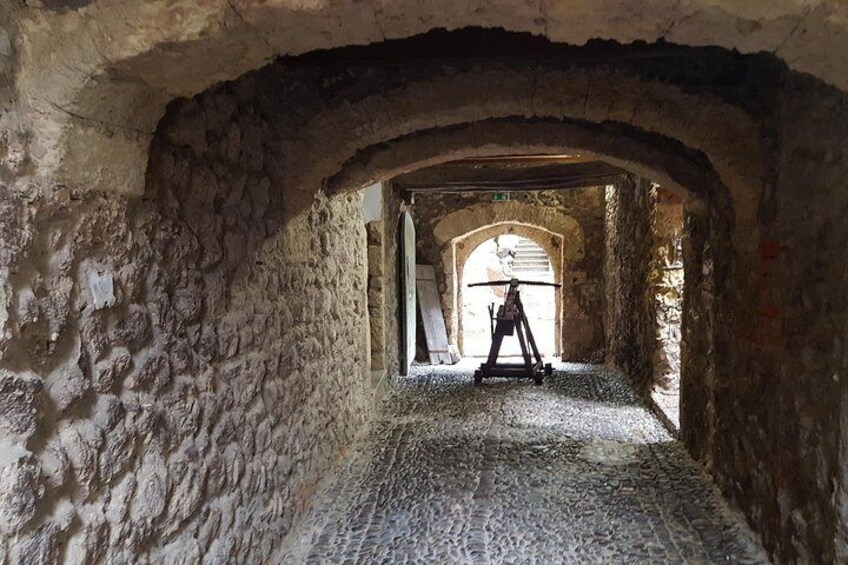




Cagliari: Castelsardo and the Sardinian Pyramide
By Bitan Daily Tours
Free cancellation available
Features
Overview
Activity location
Meeting/Redemption Point
Check availability
Private Tour
Enjoy a relaxing full-day private tour of fascinating Castelsardo. Walk through its alleys and visit ancient craft shops. Discover Monte D'Accoddi, the Sardinian Pyramide.
Pickup included
Starting time: 7:00
Price details
S$1,408.49 x 1 AdultS$1,408.49
Total
Until Sat, 23 Nov
What's included, what's not
Know before you book
- Specialised infant seats are available
- Not recommended for travellers with spinal injuries
- Infants and small children can ride in a pram or stroller
- Suitable for all physical fitness levels
- Children must be accompanied by an adult
- Due to availability, please be aware that for groups of more than 8 participants vehicles used in the excursions may be different from description and vary at the management's discretion.
- Please be aware that beyond the time limit of the cancellation policy, it is not possible to amend or cancel bookings in any way, including health conditions. The only exception for changing dates is only with a certificate of positivity of Sars Covid 2.
Activity itinerary
Location
Activity location
Meeting/Redemption Point
Best Deals on Things to Do
Experience the wonders of the world up close with great deals on things to do near and far. Expedia offers one-of-a-kind activities that allow you to explore Domus de Maria your way. Whether you love nature, culture, food or a bit of adventure, we have the perfect activity for you.
Top experiences in Domus de Maria
With so many things to do in Domus de Maria, planning the perfect day out may seem like a daunting task. Expedia is here to take the hassle out of finding the best attractions, tours and activities in Domus de Maria. Families, couples and business travellers can all find the perfect activity in Domus de Maria to create life-long memories with the help of Expedia.